Nepal, officially the Federal Democratic Republic of Nepal, is a country in South Asia. It is located mainly in the Himalayas, but also includes parts of the Indo-Gangetic Plain.
It lies along the southern slopes of the Himalayan mountain range. It contains some of the most rugged and difficult mountain terrains in the world.
![[1] / CC BY (https://creativecommons.org/licenses/by/2.0) Nepal, Kathmandu: 15 Astounding Places To Visit In 2020 1](https://upload.wikimedia.org/wikipedia/commons/7/7d/Nepal_-_Island_Peak_-_009_-_Climbing_the_sumnmit_headwall.jpg)
Nepal in all its beauty stands tall for its rich culture and history taking you back in time, along with many other travellers who seize an opportunity to explore its natural beauty and relax with a piece of mind. Hold tight, while we ride slowly along the narrow paths….
En Route Nepal
By Flight:
There are no direct flights to Nepal from Europe, America, South Africa, and Australia, which can mean getting a flight to Nepal must be done as a connecting flight, which can sometimes be a stressful experience, especially if the connections have long waiting times.
Tribhuvan International Airport in Kathmandu is the only International airport in the region. There are a handful of airlines that operate daily from major Indian cities including Jet Airways, Indigo and Air India.
The best way to reach Nepal from Delhi is by flight. There are direct flights operating in this route. The approximate travel time is one and a half hours.
By Train:
There are regular passenger and cargo trains that connect Sirsiya (Southern Nepal) and Raxaul (India). There is no visa requirement and this option is only open to Indians and Nepalese.
Recently, officials have announced the launch of a direct passenger train between India and Nepal. The train would run from Jayanagar (Bihar) to Kurtha (Dhanusa District, South-eastern Nepal).
By Road:
The bus is the most convenient option to reach Nepal from India. There are direct buses that operate between Delhi and Kathmandu. Travelling by car is also a common practice.
You are required to pay a toll fee and a transport permit at the border crossing. Do not forget to collect the receipts as you might be asked at other checkpoints. Please note, there is a lot of traffic at the border that often makes the journey tedious.
15 Best Places To Visit In Kathmandu
1. Boudhanath Stupa
The stupa’s massive mandala makes it one of the largest spherical stupas in Nepal. The Boudha Stupa dominates the skyline; it is one of the largest stupas in the world.
It is situated at a distance of 11 km from the city centre.
Thousands of pilgrims from different religions gather here to watch the ritualistic circumnavigation, known as the ‘kora’, of the colossal dome.
It is believed that anyone who circumambulates the stupa with no ill thoughts in their hearts receives good karma. Moreover, the gates of hell are permanently closed for them!
2. Pashupatinath Temple
This is a famous and sacred Hindu temple complex that is located on the banks of the Bagmati River which is situated 3 km from the city centre.
The magnificent sanctum devoted to Lord Shiva draws in thousands of devotees who come to offer their prayers and seek blessings from him.
Sprawled over a large area with temples and ashrams, it is believed that the Jyotirlinga housed in the Pashupatinath temple is the head of the body which is made up of the twelve Jyotirlinga in India.
In 1979, the magnificent temple was declared a UNESCO World Heritage Site.
3. Swayambhynath Temple
These temples were built by King Pratap Mella, as a donation for his victory of Tibet in 17th century.
For the Buddhist Newars, in whose mythological history and origin myth as well as day-to-day religious practice Swayambhunath occupies a central position, it is probably the most sacred among Buddhist pilgrimage sites.
For Tibetans and followers of Tibetan Buddhism, it is second only to Boudha. With a wite dome stupa and an array of shrines, this place draws people to it daily.
Circumnavigating the temple in a clockwise direction is a common practice among the pilgrims since it is believed to wash away all the sins.
4. Garden of Dreams, Kathmandu
Garden of Dreams in Kathmandu, also referred to as the ‘Swapna Bageecha’ and ‘garden of six seasons is a neo-classical garden in Kathmandu built by Kishore Narshingh in1920.
The garden has a magnificent amphitheatre, urns, gorgeous pavilions, paved perimeter paths, pergolas, and ponds that draw in locals and tourists alike. This garden is located close to the city centre, around 4-5 km from there.
Timing: All days of the week: 9:00 AM – 10:00 PM
5. Langtang National Park
Langtang National Park was established in 1976 as Nepal’s first Himalayan national park and the country’s fourth protected area.
This is one of the most accessible trekking regions near the Kathmandu Valley with short day hikes or week-long ventures into the lake district.
An ideal region if you are short on time but still want to trek the Himalayas and experience the wonderful cultures of the native Tamangs.
The Langtang National Park is situated at an approximate distance of 32 kilometres to the north of the capital city of Kathmandu and is connected to the Qomolangma National Nature Preserve in Tibet.
6. Hanuman Dhoka
Once the royal palace of Malla kings and Shah dynasty, Hanuman Dhoka is a complex of ancient structures with some as old as mid 16th Century.
Located in the Darbar Square of Kathmandu, it is locally known as Hanuman Dhoka Darbar, the name of which is derived from an antique idol of Lord Hanuman (Monkey God) near the main entrance of an ancient palace.
‘Dhoka’ means door in the local language. Spread over an area of 5 acres, Hanuman Dhoka was severely destroyed during the earthquake in 2015.
Timing: 9 AM – 5 PM
7. Naraynahiti Palace
Narayanhiti Palace, or Narayanhiti Durbar, converted to Narayanhiti Palace Museum in 2008, is a palace in Kathmandu, which long served as the residence and principal workplace of the reigning monarch of the Kingdom of Nepal.
Located to the east of the famed Kaiser Mahal near Thamel, the Narayanhiti Palace Museum is a former royal palace which was home to the monarchs of the country. It is historically important because of the ‘Royal Family Assassination’ of 2001.
Timing: Mon, Thu, Fri, Sat, Sun – 11:00 AM – 4:00 PM
8. Kopan Monastery
Located on the picturesque Kopan Hills (20 minutes drive from the city centre) on the fringes of Kathmandu, Kopan Monastery is a stunning Tibetan Buddhist Monastery established between the late 1960s and early 1970s by the founders of the Foundation of the Preservation of the Mahayana (FPMT).
It is a well-known tourist attraction and draws people who are interested in learning Tibetan Mahayana Buddhism.
One can choose to enrol in a short-term (7 days) course to get a gist of this ancient way of living.
The facilities are humble but ensure that everyone leaves feeling calm and composed.
Timing: Kopan Monastery opening hours are from 9-11:30 AM in the morning and 1-4:30 PM in the evening. Guests or visitors are not entertained after 5 PM.
9. Taudaha Lake
Located on the outskirts of Kathmandu, Taudaha Lake is a famous freshwater lake surrounded by hills covered with dense forests.
The lake is full of fishes and is also a heaven for birdwatchers because of the migratory birds in the area.
As per a legend, Taudaha is one of the lakes that were formed from the waters of a large lake after a mythical character cut the hill behind it and let the water flow away.
Timing: 9:00 AM – 5:00 PM
Fees: Citizens of SAARC Countries: NPR 25, Other Foreign Nationals: NPR 100
10. Phulchowki
Phulchowki is the highest hill located in Kathmandu Valley (2791 metres) known for its hike.
The mountain is covered by a natural garden full of beautiful wild roses, yellow jasmine, iris and other native flowers.
It takes a few hours to reach the top and return and is, therefore, much advisable to those who are travelling on a time crunch.
The climb through the rough terrain covered with dense forests will be worth it after one reaches the top and gets to see the breathtaking view of the valley.
One needs to travel for about 40 minutes from the city centre to reach the base where the hike begins. The slopes are pretty steep at certain points but are full of scenic views.
One needs to climb about 9100 feet to reach the hilltop, but once there, they get to witness the stunning view of the Kathmandu Valley covered with dense forests and the mighty River Bagmati gushing through it.
11. The Last Resort
The Last Resort, perched on top of the elevated gorge is located three-hours away from Kathmandu. The Last Resort is Nestled amid terraced slopes with Bhote Kosi River flowing closeby.
If you are feeling pumped up and looking for a journey that will make you feel more alive than ever before, The Last Resort has brought you many amazing adventure activities! From the thrilling bungee jumping to the exhilarating white water rafting, this place has it all.
In addition to it, you will also find mouthwatering food being served in a cosy dining hall which is ornate with intricate stone and wood carvings, as well as the well-stocked Karma Bar, ready at your service. All in all, The Last Resort is a haven for everyone.
12. Thamel
Thamel has and continues to be, one of the most popular and crowded commercial hubs in Kathmandu City of Nepal.
Be it cultural monuments or pubs, cosy restaurants or magnificent temples, the narrow alleys of Thamel has never failed to serve the tourist industry of the country in over four decades.
Whether you are looking for good food or clothes, new music albums or in the hunt for trekking gear, the street shops in Thamel have got you covered.
The entire area is a wi-fi zone. Thamel is also home to several restaurants that serve delicious and varied cuisine, which is sure to draw in any food connoisseur.
13. White Monastery
White Monastery or Seto Gomba, also known as Amitabha Monastery, is a Buddhist Monastery in Nepal, offering a mix of religious importance and natural aesthetic.
The vivid terrain and the lush green landscape of the surrounding make the sunset and sunrise here, a treat to watch. Visitors can observe the whole of the Kathmandu Valley from this place.
The soothing atmosphere draws most travellers wanting to soak up some tranquillity after exploring the bustling city of Kathmandu.
Timing: Entry to the monastery is allowed only on Saturdays for visitors
Fees: NPR 40 per person
14. Kaiser Library
Kaiser Library or Keshar Library is located in Kathmandu’s Kaiser Mahal, containing over 45,000 books from the personal collection of the Field Marshal Kaiser Shumsher Rana.
It was established in 1969 and has a wide range of books covering subjects including history, law, art, religion, philosophy, etc.
It was as a famous tourist attraction, but after Nepal was struck by an earthquake in 2015, the library took a major hit.
Although the ground floor has been restored and opened to the public, the grandeur of the place is more or less lost. One may still visit to check out the collection of books and artefacts that were recovered and restored.
Timing Sunday – Thursday: 10:00 AM – 4:00 PM, Friday: 10:00 AM – 3:00 PM
Closed on Saturday and Public Holidays
Fees: No entry fee
15. Casino Royale Kathmandu
Located in the heart of Kathmandu, Casino Royale is set inside hotel Yeti & Yak, surrounded by enchanting fountains, beautiful gardens and with the decor in royal gold.
The warmly lit red-carpeted entrance might make one feel like a celebrity.
As one strut ahead, they would notice how the sounds of slot machines, cards, chips and the chatter on the gaming tables stimulate their senses. The ambience quite resembles a carnival and is perfect for those interested in trying their luck at the games.
Best Time to Visit Nepal, Kathmandu
Between October and December is the best time to visit Nepal as the skies are generally clear and the views spectacular. The weather remains dry until about April.
Kathmandu is also best visited in March and April as the temperature steadily rises and spring steps in! The high/peak season or best time to visit Kathmandu is from October to December.
6 Unknown Facts About Nepal, Kathmandu
- Nepal has a diverse geography, including fertile plains, subalpine forested hills, and eight of the world’s ten tallest mountains, including Mount Everest, the highest point on Earth.
- Kathmandu is the capital and the largest city.
- Nepal is a multiethnic country with Nepali as the official language.
- It is the 49th largest country by population and 93rd largest country by area.
- Nepal’s official currency is NPR, Rs. or the Nepalese Rupee. The Nepalese rupee is different from the other rupees found in Asia like the Indian Rupees, Pakistan Rupee and so on.
- Known as Nepal’s national bird, the Himalayan Monal is a large pheasant with stunning, multi-coloured plumage.
Important Things To Remember When Travelling In Nepal, Kathmandu
- Ask about the condition of the road you’ll be travelling on before making plans.
- Avoid travelling during the monsoon
- Choose tourist buses over local ones where possible
- Book tickets ahead if travelling in a group
- Don’t give Nepalese people money or gifts with your left hand
- Beware of yaks
- Don’t hire bikes or cars due to traffic, a taxi is an excellent choice.
FAQs About Nepal:
1. How much does it cost to travel to Nepal?
Ans. You should plan to spend around NP₨2,901 ($24) per day on your vacation in Nepal, which is the average daily price based on the expenses of other visitors.
Past travellers have spent, on average, NP₨880 ($7.25) on meals for one day and NP₨215 ($1.78) on local transportation.
2. Is it safe to travel to Nepal?
Ans. Generally speaking, Nepal is a safe place to travel for international visitors travelling alone. … Nepal, a destination with exotic culture and religions, actually is a safe destination for solo travellers.
3. How many days are sufficient to travel to Nepal?
Ans. It varies from 2 days to 15+ days. If you want to cover only Kathmandu Valley then 2 or 3 days will be enough. If you want to cover Kathmandu and Pokhara the 5–8 days will be enough.
If you want to cover Kathmandu, Pokhara, Lumbini and Chitwan then the number of days may vary.
4. What can you not eat in Nepal?
Ans. Avoid. It is best to not eat any raw fresh produce that you haven’t prepared yourself. This includes the small cucumber/carrot salad served with dal bhat, burgers with salad, dairy products, and drinks containing fruit.
5. What should I buy in Nepal?
- Thangka Paintings.
- Singing Bowls.
- Pashmina.
- Rice Paper items.
- Khukuri.
- Handicrafts.
- Statues and masks.
- Jewellery and arts.
6. What is famous to eat in Nepal?
- Dal Bhat – The Famous Staple Food of Nepal
- Momos
- Sel Roti
- Samosa
- Everest Beer
- Dhindho or Dhido
- Gorkhali Lamb
- Samay Baji
- Choila
7. What is the best area to stay in Kathmandu?
Thamel, the best area to stay in Kathmandu. The vibrant, spiritual, bustling, and culturally rich Kathmandu caters to tourists in the Thamel neighbourhood.
Inhabited and gentrified by hippies in the 1970s, this maze of streets and alleys is the best area to stay in Kathmandu.
8. Best Hotels to stay in Kathmandu?
- Hotel Moonlight
- Kathmandu Eco Hotel
- Oasis Kathmandu Hotel
- Kumari Boutique Hotel
- Hotel Mulberry
Also Read: UNESCO World Heritage Sites In India (Updated 2020)
Plan Your Tour With Us
Let us help you get the best out of your holidays and a hassle-free trip. Tell us more about your travel plans and we certainly offer you something of your choice & budget.
Home| Blog | About Us | Instagram |Work With Us | Store
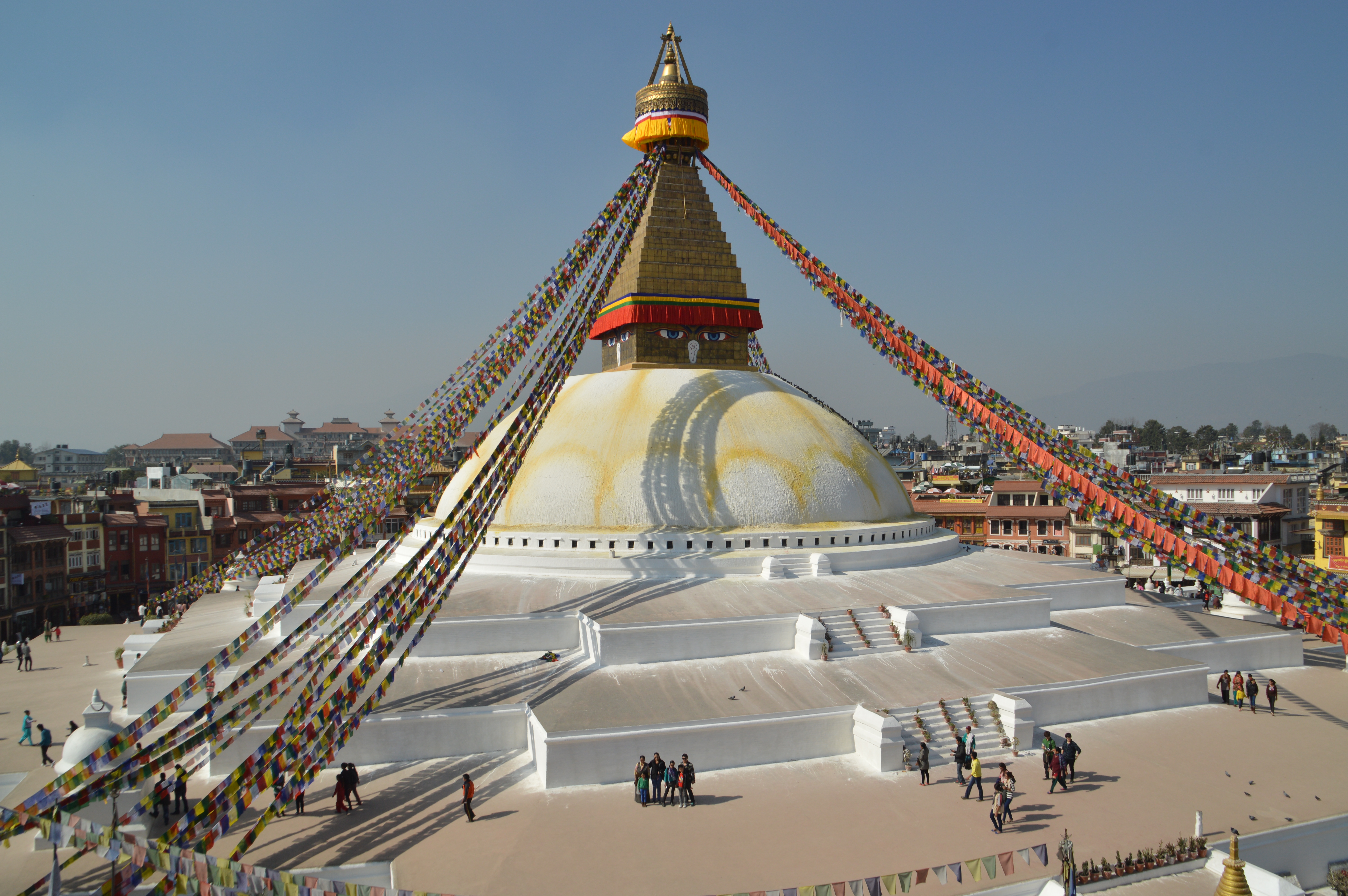


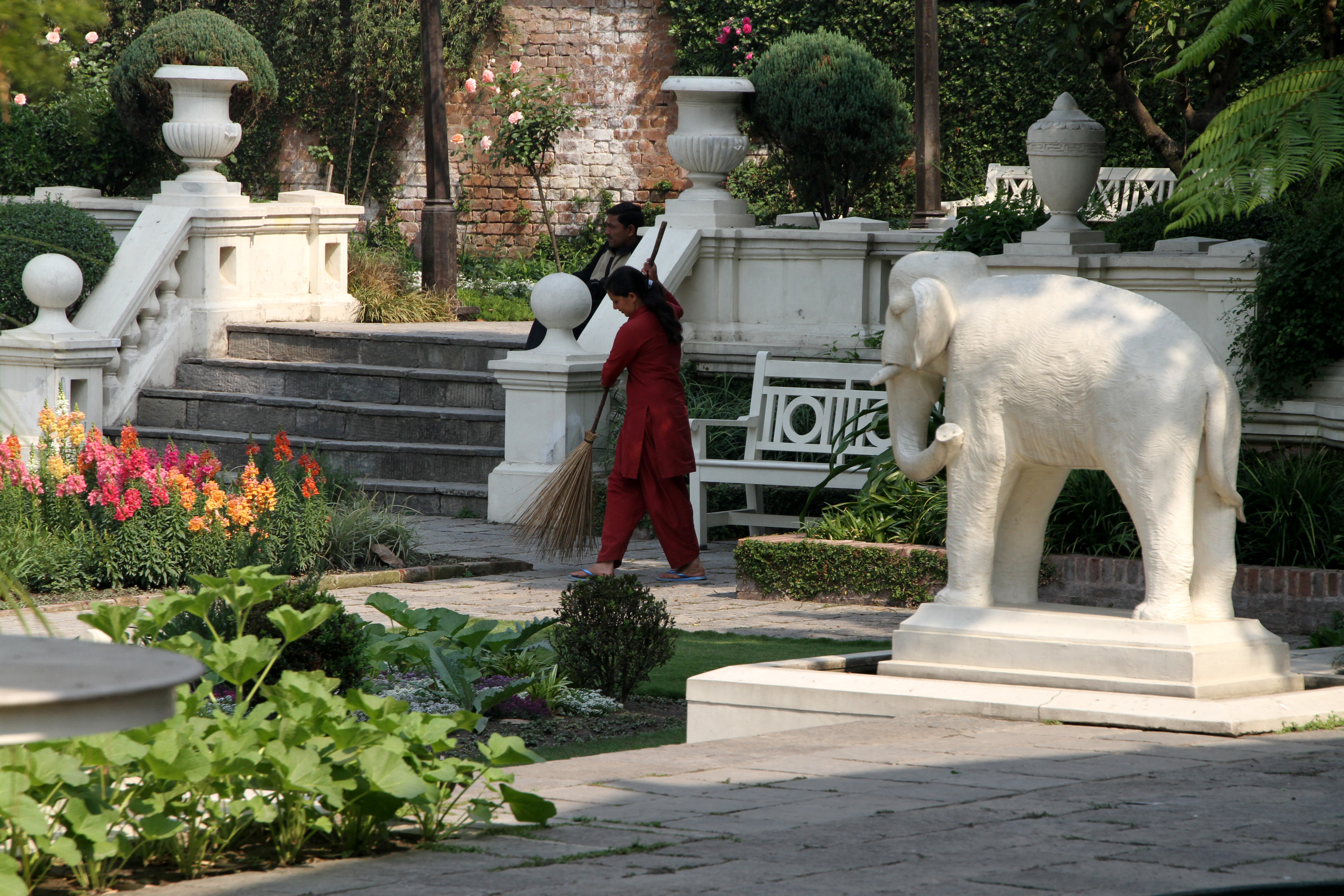
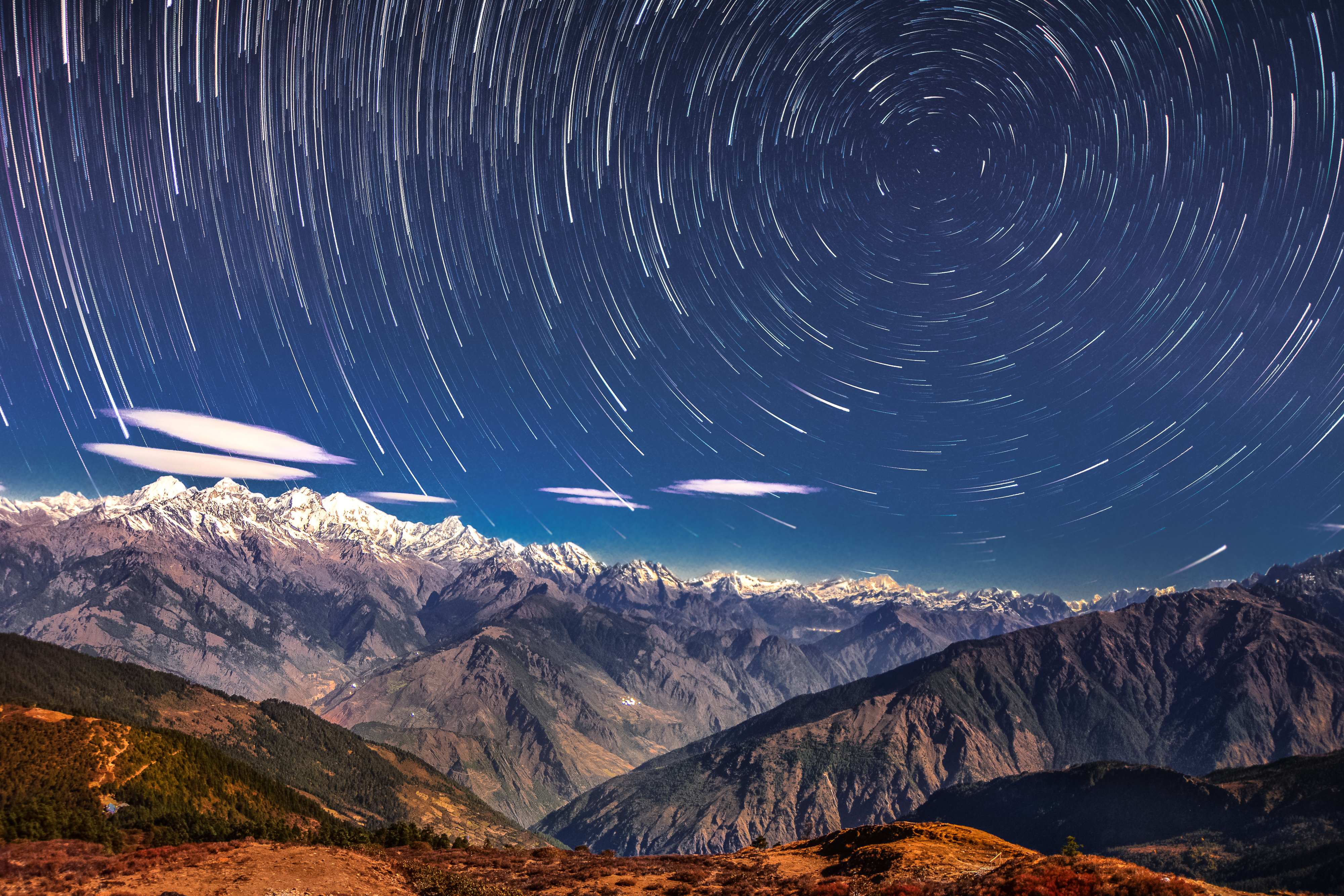
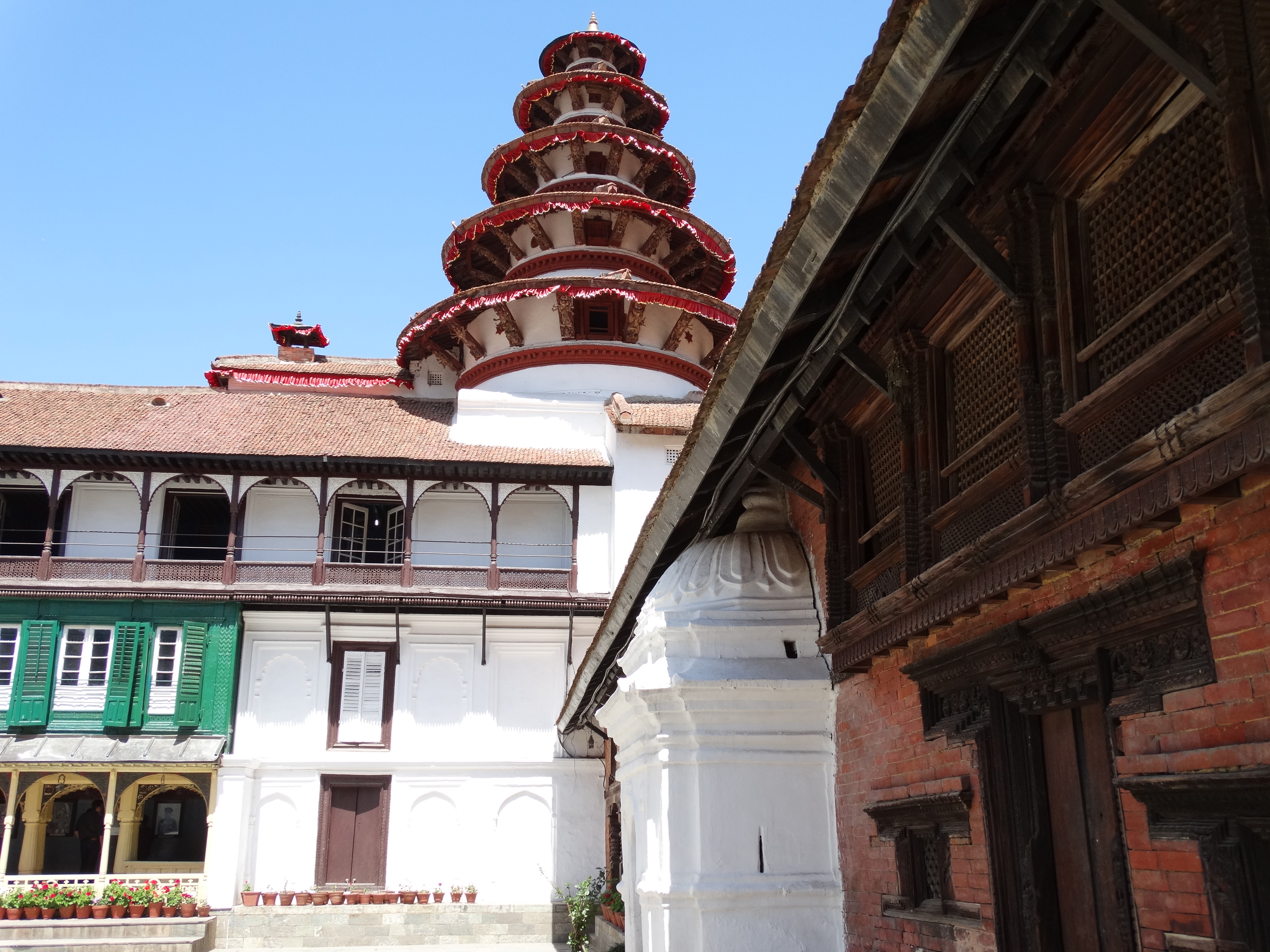

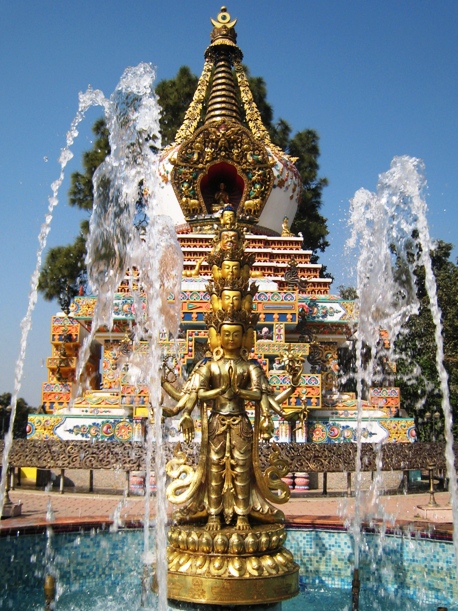
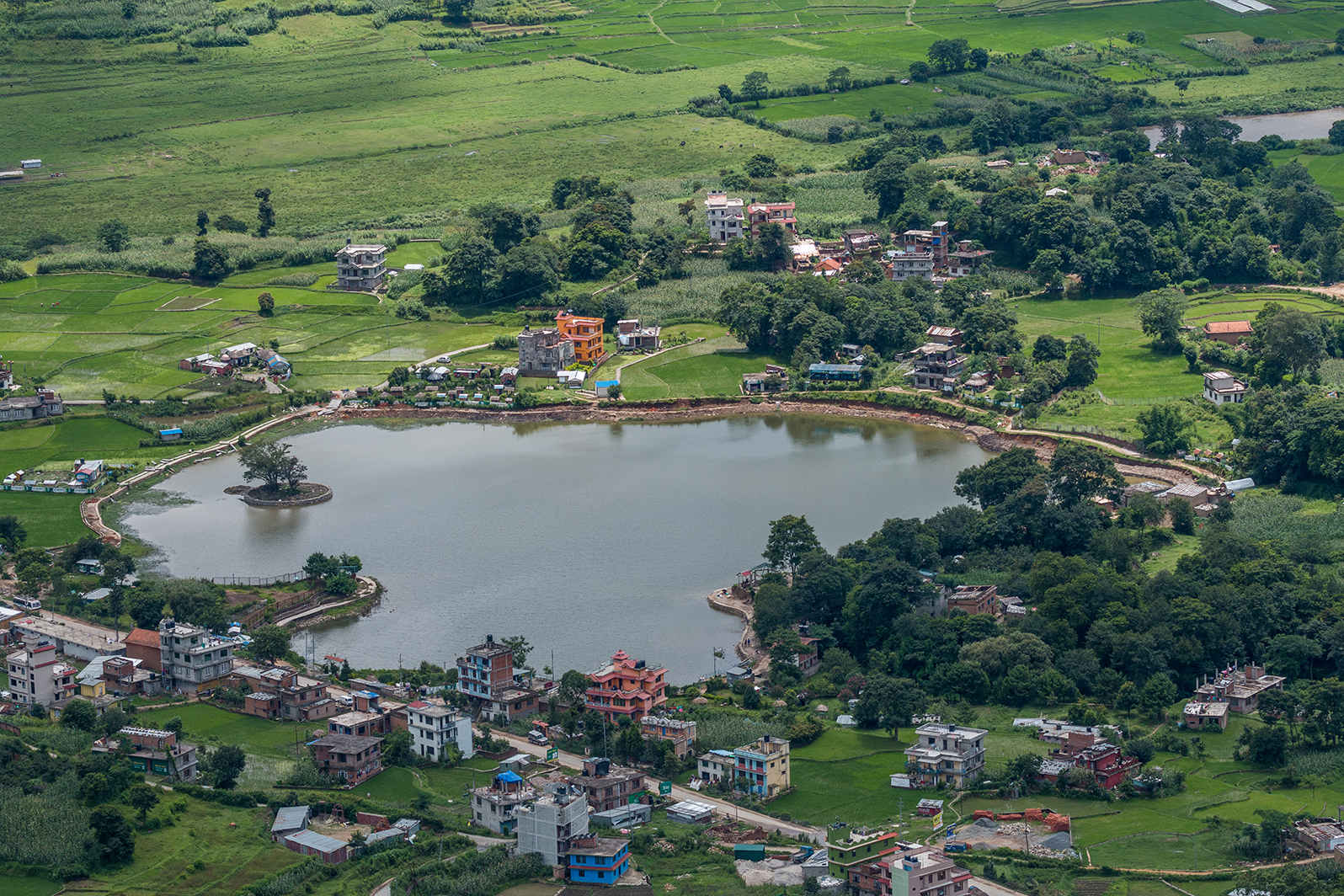
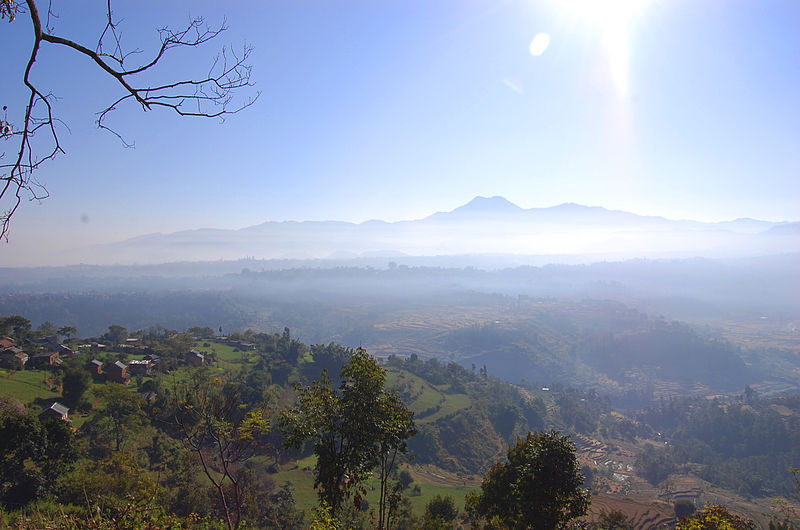



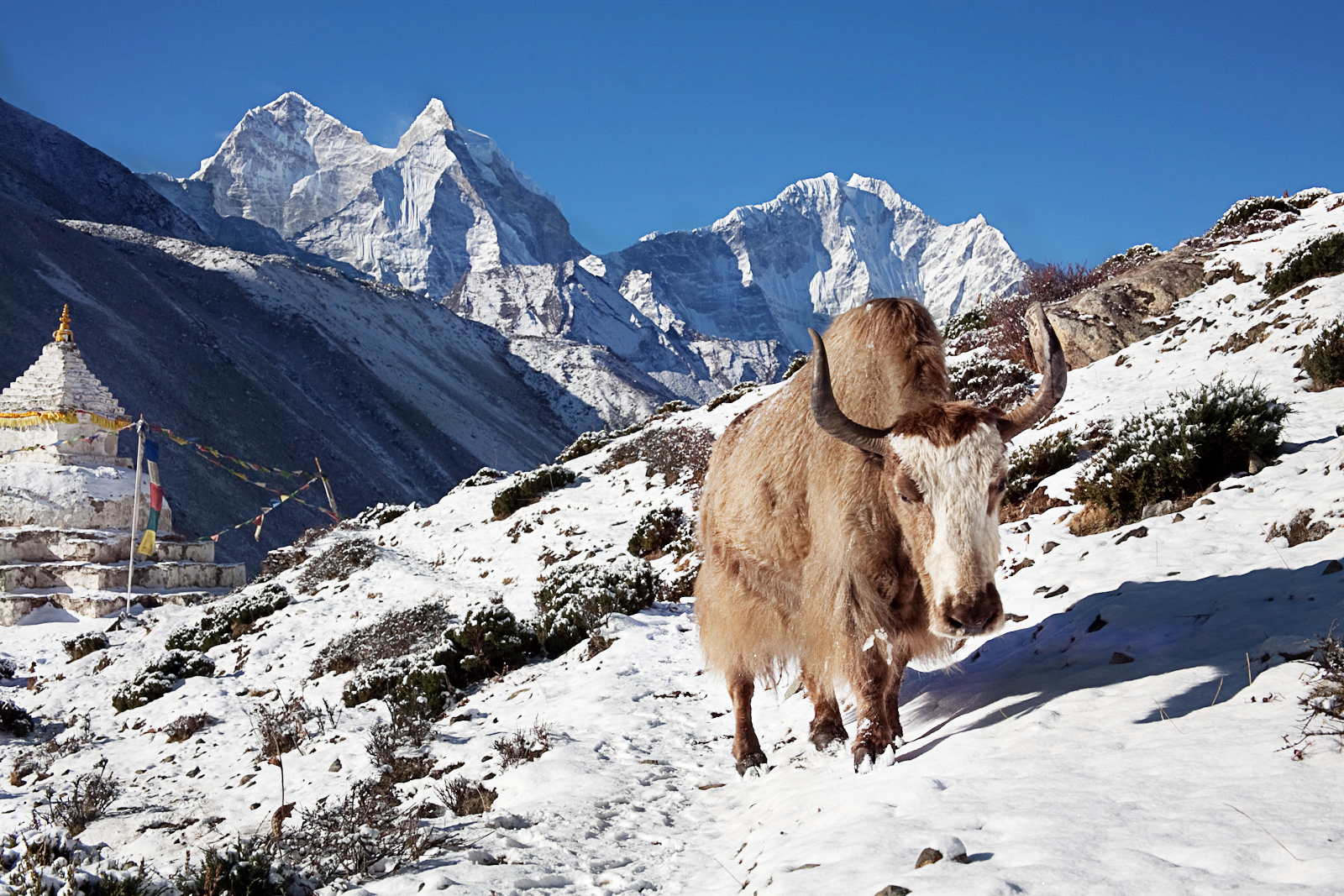



I like this web site it’s a master piece! Glad I noticed this ohttps://69v.topn google.Raise range